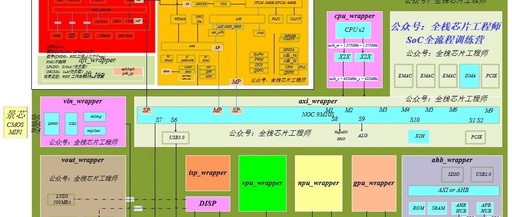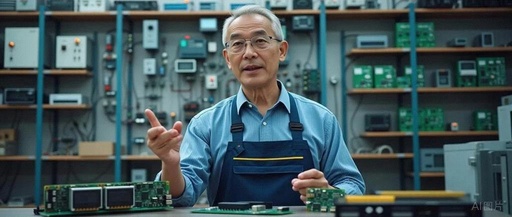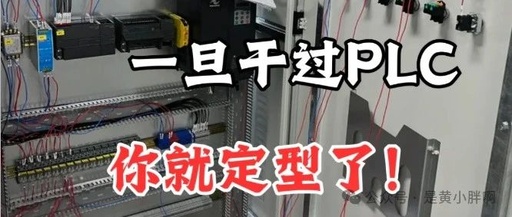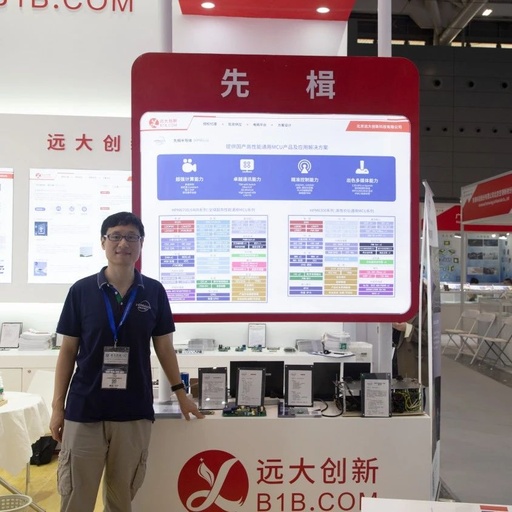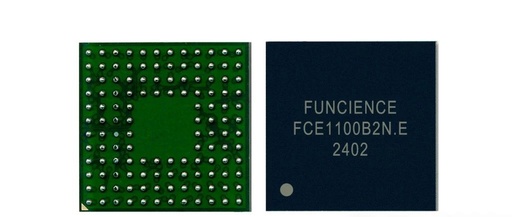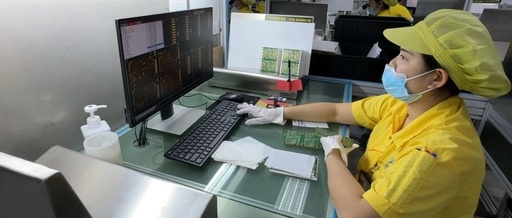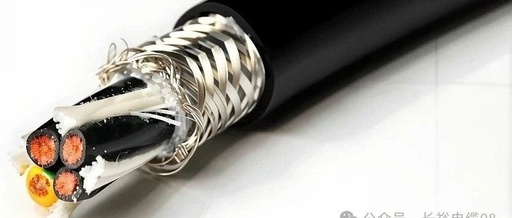Siemens S7-1500: Control System for Testing Equipment on Circuit Boards
“An In-Depth Analysis of the S7-400 Application in Metallurgical Rolling Mill Renovation Projects by an Experienced Engineer” Today, I would like to share a metallurgical rolling mill renovation project that I recently completed. This project is quite interesting. The workshop director approached me with a worried expression and said, “Old Zhang, our old rolling mill … Read more

